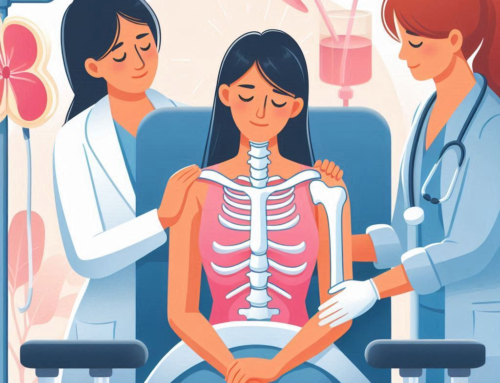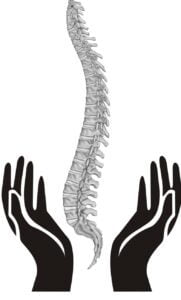Introduction:
Welcome to our comprehensive guide on spinal cord injury. In this article, we will explore the causes, symptoms, and treatment options for this debilitating condition. Spinal cord injury can have a profound impact on an individual’s life, affecting their mobility, sensation, and overall well-being. We will delve into the complexities of this condition and provide valuable insights to help you better understand spinal cord injury.
What is Spinal Cord Injury?
A spinal cord injury occurs when there is damage to the spinal cord, resulting in a disruption of the communication between the brain and the body. The spinal cord plays a crucial role in transmitting signals that control movement, sensation, and bodily functions.
Causes of Spinal Cord Injury
Spinal cord injuries can be caused by various factors, including traumatic accidents, such as falls, car accidents, or sports-related injuries. Non-traumatic causes, such as diseases like polio or multiple sclerosis, can also lead to spinal cord injury. Understanding the causes can help us take preventive measures.
Types and Classification of Spinal Cord Injury
Spinal cord injuries can be classified into two main types: complete and incomplete. A complete injury results in a total loss of sensation and motor function below the level of the injury. In contrast, an incomplete injury allows for some degree of sensation and motor function below the level of injury.
Symptoms and Effects of Spinal Cord Injury
The symptoms and effects of spinal cord injury vary depending on the severity and location of the injury. Common symptoms include loss of movement, loss of sensation, difficulty breathing, changes in sexual function, and bladder or bowel dysfunction. These symptoms can have a profound impact on an individual’s daily life and overall well-being.
Diagnosing Spinal Cord Injury
To diagnose spinal cord injury, medical professionals utilize various diagnostic tools, including imaging tests like X-rays, CT scans, or MRIs. These tests help determine the location and extent of the injury, guiding the treatment plan.
Emergency Care and Stabilization
Immediate medical attention is crucial in the case of a spinal cord injury. Emergency care focuses on stabilizing the patient, preventing further damage, and ensuring adequate oxygen supply. Prompt action can significantly impact the long-term outcomes for individuals with spinal cord injury.
Treatment Options for Spinal Cord Injury
While there is currently no known cure for spinal cord injury, various treatment options aim to manage symptoms, improve function, and enhance the quality of life for affected individuals. These options include medication, physical therapy, assistive devices, and surgical interventions.
Rehabilitation and Recovery
Rehabilitation plays a vital role in the recovery process for individuals with spinal cord injury. It involves a multidisciplinary approach, including physical therapy, occupational therapy, and psychological support. Rehabilitation programs are tailored to meet the specific needs of each patient.
Assistive Devices and Adaptive Technology
Assistive devices and adaptive technology can greatly improve the independence and quality of life for individuals with spinal cord injury. Wheelchairs, mobility aids, and assistive technologies allow individuals to overcome physical limitations and engage in daily activities.
Psychological and Emotional Impact
Spinal cord injury can have a significant psychological and emotional impact on individuals and their loved ones. Coping with the challenges of the injury requires resilience and emotional support. Mental health professionals play a crucial role in addressing these aspects of the condition.
Preventive Measures for Spinal Cord Injury
Prevention is key in reducing the occurrence of spinal cord injuries. Measures such as practicing safe driving habits, using protective gear during sports activities, and promoting awareness about spinal cord injury can help prevent accidents and minimize the risk of injury.
Ongoing Research and Advancements
Medical research and technological advancements continue to provide hope for individuals with spinal cord injury. Ongoing studies explore innovative treatments, such as stem cell therapy and neural regeneration, with the aim of restoring function and improving the quality of life for those affected.
Support Systems and Resources
Support systems and resources are essential for individuals living with spinal cord injury. Numerous organizations and support groups provide valuable information, advocacy, and emotional support for patients and their families, helping them navigate the challenges of life with a spinal cord injury.
Conclusion
Spinal cord injury is a life-altering condition that demands understanding, support, and advancements in medical science. By raising awareness, promoting prevention, and investing in research, we can strive to improve the lives of those affected by spinal cord injury.








Get Social